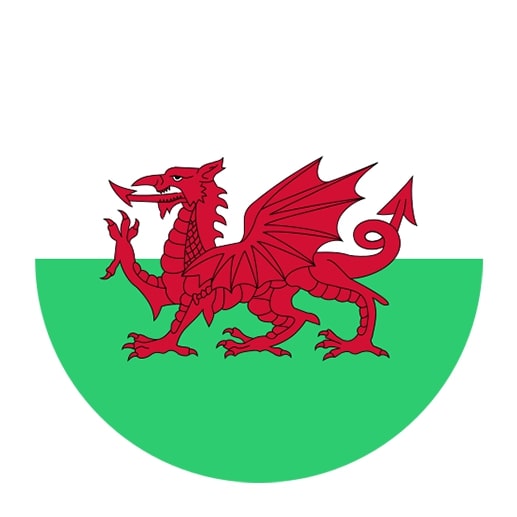Welsh Grammar
Welsh grammar may seem challenging at first, but its unique features make learning the language a rewarding experience. By exploring its alphabet, mutations, and grammar rules, you’ll gain insight into a rich linguistic tradition. Start your journey and discover the beauty of Welsh!
Get started
The most efficient way to learn a language
Try Talkpal for freeNavigating the Intricacies of Welsh Grammar
Welsh, a Brittonic Celtic language with a rich history and cultural significance, offers an exciting linguistic experience for those eager to explore its unique grammar system. As you venture into the realm of Welsh, you’ll not only enrich your linguistic repertoire but also embrace a fascinating cultural journey. While Welsh grammar may appear complicated at first, breaking it down into core components makes learning the language more approachable. In this article, we’ll explore the captivating world of Welsh grammar and provide tips on how to master its complexities.
1. Welsh Alphabet and Phonetics
The Welsh alphabet comprises 29 letters, some of which are unique to the language, like “ll,” “dd,” and “ff.” To learn Welsh grammar, it’s crucial to become familiar with this distinctive writing system by practicing reading and writing in Welsh.
2. Mutations: A Peculiar Welsh Feature
One of the most striking aspects of Welsh grammar is the prevalence of mutations, which involve changes to the initial consonant of a word. There are three primary types of mutations in Welsh: soft mutation, nasal mutation, and aspirate mutation. Understanding when and how these mutations occur is vital for accurate communication in Welsh.
3. Nouns and Pronouns: Gender and Cases
Welsh nouns have grammatical gender (masculine or feminine) and may follow different plural formation rules based on their gender. Pronouns in Welsh include personal, possessive, reflexive, demonstrative, and interrogative pronouns. Becoming familiar with these pronouns and their forms will significantly enhance your grasp of Welsh grammar.
4. Verbs: Structure and Conjugation
Welsh verbs follow a unique structure and conjugation pattern depending on tense, mood, and person. The essential tenses in Welsh are present, past, and future, with additional elements such as conditional and imperative moods. Learning the verb conjugation rules will improve your ability to communicate effectively in Welsh.
5. Adjectives: Agreement and Placement
In Welsh grammar, adjectives typically follow the noun they modify and should agree in number with the noun. Some adjectives in Welsh exhibit irregular comparative and superlative forms, which are essential to learning to communicate more naturally.
Examples:
– cariad mawr (big love)
– plant bach (little children)
6. Engaging with the Language
The most effective way to fully understand and internalize Welsh grammar is to consistently engage with the language. By reading Welsh literature, watching Welsh films or television series, and actively communicating with native speakers, you will reinforce your understanding of grammar while expanding your vocabulary.
Conclusion
Although Welsh grammar may seem intricate, you can become proficient in this beautiful language with dedication, practice, and enthusiasm. By focusing on the fundamental rules and engaging with the language across different contexts, you will rapidly enhance your Welsh grammar skills. Pob lwc (good luck) with your Welsh language journey, and enjoy unraveling the enigmatic yet captivating world of Welsh grammar!








